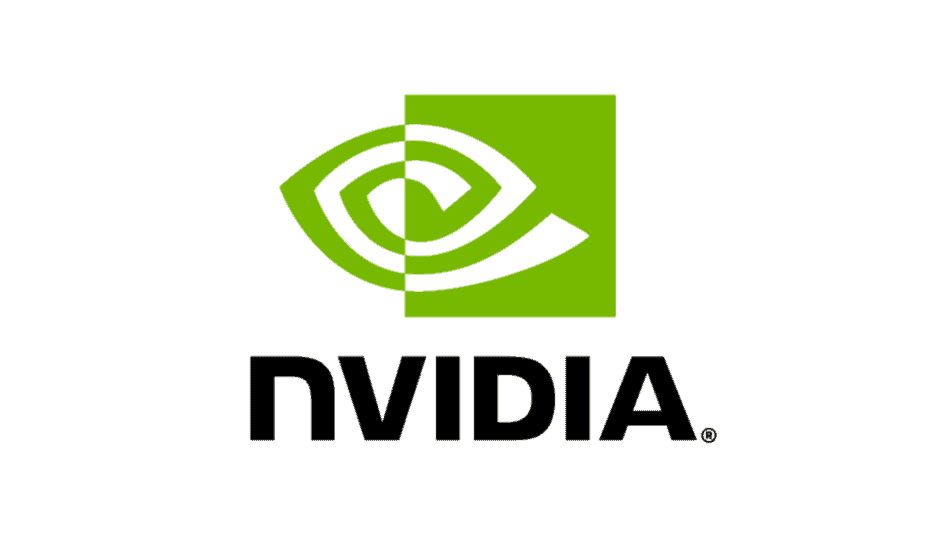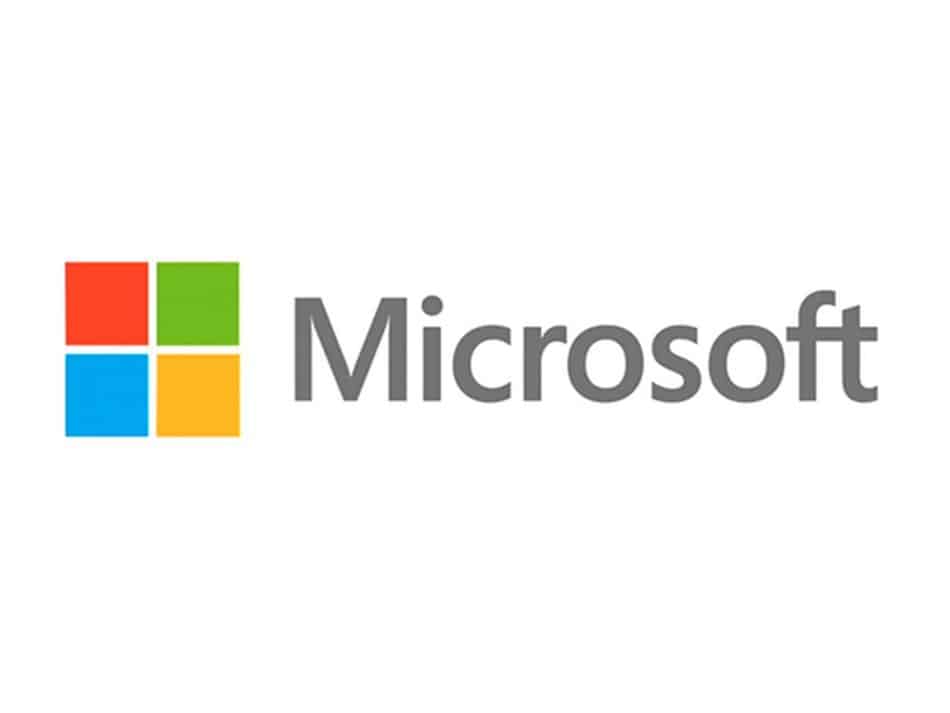Introduction
Amazon, the brainchild of Jeff Bezos, has transformed the way we shop and consume goods. What started as an online bookstore has evolved into a global e-commerce powerhouse, revolutionizing the retail industry. In this blog post, we will dive deep into Amazon’s business model and explore how the company leverages innovation, customer-centricity, and technological prowess to dominate the market.
- Customer-Obsessed Approach
At the core of Amazon’s business model lies a customer-obsessed philosophy. From the very beginning, Amazon focused on delivering exceptional customer experiences. The company understands that customer satisfaction is paramount to success. Amazon’s commitment to providing a seamless shopping experience, a vast selection of products, competitive pricing, and efficient delivery has earned it the trust and loyalty of millions of customers worldwide.
- E-Commerce Dominance
Amazon’s business model revolves around e-commerce, leveraging its online platform to connect buyers and sellers. The company offers an extensive range of products across various categories, from books and electronics to fashion and home goods. With its user-friendly interface, personalized recommendations, and customer reviews, Amazon has created a compelling shopping destination that caters to diverse customer preferences.
Additionally, Amazon continuously invests in its logistics and distribution network, enabling fast and reliable delivery. The introduction of services like Amazon Prime, which offers expedited shipping and access to a wealth of digital content, further enhances the customer experience and fosters loyalty.
- Marketplace Model
A key aspect of Amazon’s business model is its marketplace platform. In addition to selling its own products, Amazon provides a platform for third-party sellers to reach a global customer base. The marketplace model allows Amazon to expand its product assortment exponentially, offering customers a wide range of choices. This approach also benefits sellers by providing access to Amazon’s vast customer base and leveraging its robust fulfillment infrastructure.
- Data-Driven Insights
Amazon leverages data-driven insights to optimize its operations and enhance the customer experience. The company collects and analyzes vast amounts of customer data, enabling it to make personalized product recommendations, offer targeted advertising, and optimize pricing strategies. Amazon’s sophisticated algorithms and machine learning capabilities ensure that customers are presented with relevant products, increasing the likelihood of purchases and customer satisfaction.
- Innovation and Disruption
Amazon’s business model thrives on innovation and disruption. The company is known for its willingness to take risks and invest in forward-thinking initiatives. From introducing one-click purchasing to launching Amazon Web Services (AWS), a cloud computing platform, Amazon has consistently pushed boundaries and transformed industries. The introduction of Amazon Echo and its voice-activated assistant, Alexa, has further solidified Amazon’s position as a leader in the smart home market.
Furthermore, Amazon’s acquisition of Whole Foods Market demonstrates its strategy to enter new markets and diversify its offerings. By integrating Whole Foods’ physical stores into its e-commerce ecosystem, Amazon bridges the gap between online and offline retail, offering customers a seamless shopping experience.
- Subscription Services and Media
Amazon’s business model extends beyond e-commerce. The company offers a range of subscription services, including Amazon Prime, Amazon Music, and Amazon Prime Video. These services provide additional value to customers and drive customer loyalty. By bundling services together, Amazon creates a comprehensive ecosystem that keeps customers engaged and encourages repeat purchases.
- Cloud Computing and Technology Services
Another significant aspect of Amazon’s business model is its cloud computing division, Amazon Web Services (AWS). AWS provides scalable and cost-effective cloud computing solutions to businesses worldwide. This segment of Amazon’s business has experienced remarkable growth and has become a major revenue driver for the company. By leveraging its technological infrastructure and expertise, Amazon has expanded its reach beyond e-commerce, capturing a substantial portion of the enterprise technology market.
Conclusion
Amazon’s business model is a testament to its relentless focus on customer satisfaction, innovation, and technological prowess. From its humble beginnings as an online bookstore to its current position as a global e-commerce powerhouse, Amazon has reshaped the retail landscape and disrupted multiple industries.
By prioritizing the customer experience, Amazon has created a seamless shopping platform that offers a vast selection of products, competitive pricing, and efficient delivery. The marketplace model has allowed the company to expand its product assortment exponentially, providing customers with an unparalleled range of choices.
Amazon’s reliance on data-driven insights has enabled it to personalize the shopping experience, offer targeted advertising, and optimize pricing strategies. The company’s commitment to innovation and disruption has led to the introduction of groundbreaking initiatives such as Amazon Echo and AWS, further solidifying Amazon’s position as a leader in technology and smart home solutions.
Furthermore, Amazon’s expansion into subscription services and media, as well as its focus on cloud computing and technology services through AWS, have diversified its revenue streams and extended its reach into new markets.
Looking ahead, Amazon’s business model will continue to evolve and adapt to the changing needs and expectations of customers. The company will leverage emerging technologies such as artificial intelligence, machine learning, and voice recognition to enhance the shopping experience and drive further innovation.
In conclusion, Amazon’s business model revolves around e-commerce dominance, a marketplace platform, data-driven insights, innovation, disruption, subscription services, and cloud computing. Through its relentless pursuit of customer satisfaction, technological advancements, and disruptive initiatives, Amazon has transformed the way we shop and consume goods, solidifying its position as an industry leader and shaping the future of retail and technology.







